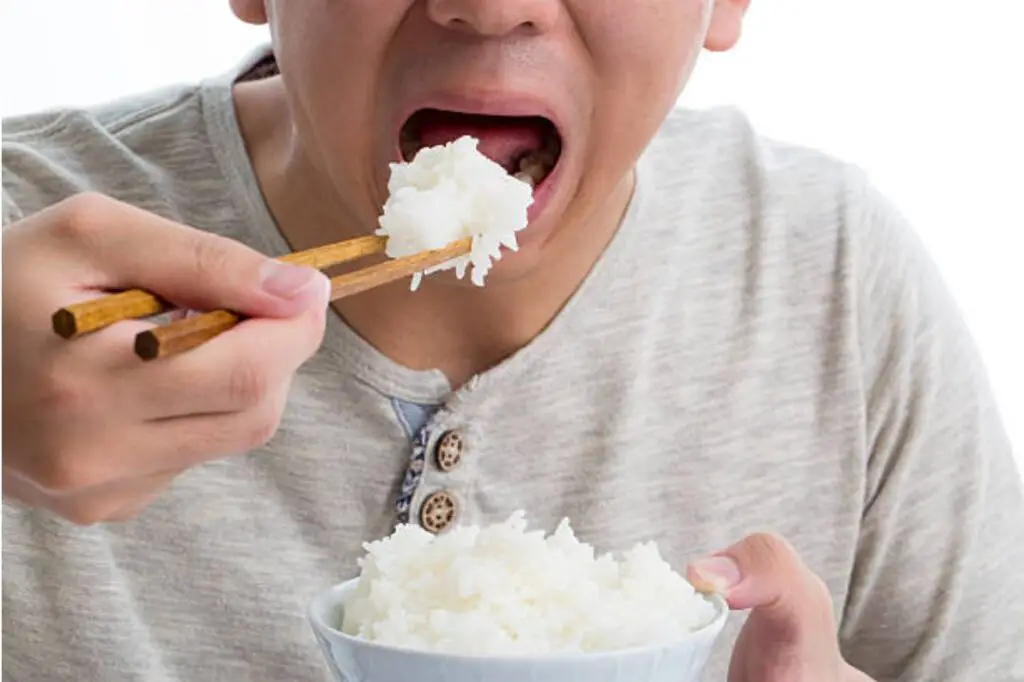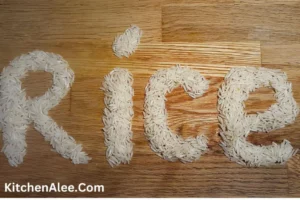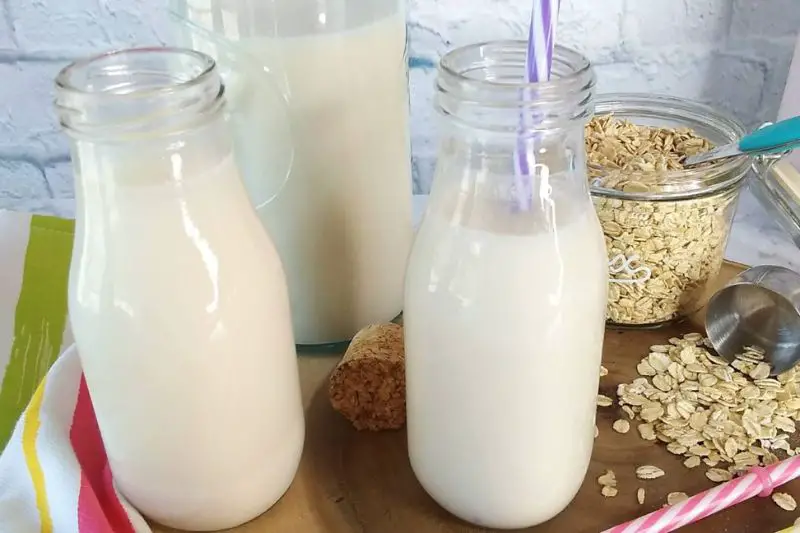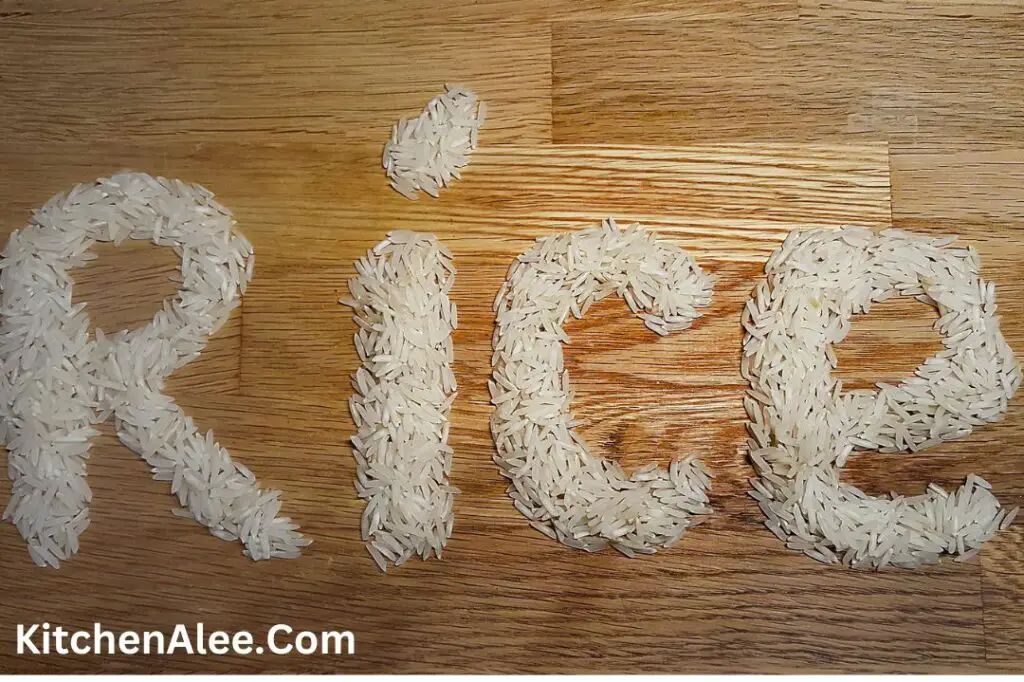How To Make Resistant Starch Rice? There are a few ways to make resistant starch rice. One way is to cook the rice with less water than usual.
This will make the rice less starchy and more resistant to digestion. Another way is to add green bananas or plantains to the rice while it is cooking.
With the right ingredients and preparation, you can make a delicious and nutritious dish of resistant starch rice.
This article will provide a step-by-step guide on how to make resistant starch rice, as well as some helpful tips for alternative ingredients to use.
How To Make Resistant Starch Rice?
Making resistant starch rice is a simple process that can help you reap the benefits of this type of starch. Resistant starch can help to improve gut health, regulate blood sugar levels, and promote weight loss.
To make resistant starch rice, you will need:
Instructions:
Is It Possible To Make Resistant Starch Rice?
Yes, it is possible to make resistant starch rice. There are a few methods that can be used, but the most common is to cook the rice using a method called “parboiling.”
This involves boiling the rice in water for a short period of time before draining it and then cooking it again in a dry pan.
How To Make Resistant Starch Rice? (Simple Steps!)
If you’re looking for a healthier alternative to regular rice, try making resistant starch rice.
This type of rice is rich in fiber and nutrients, and has a lower glycemic index than regular rice. Here’s how to make it:
1. Rinse And Drain The Rice Before Cooking:
If you want to make resistant starch rice, the first step is to rinse and drain the rice before cooking.
This will help to remove any impurities and also allow the rice to cook more evenly.
2. Soak the Rice:
After rinsing and draining the rice, you’ll need to soak it in water for about 20 minutes.
This will help to soften the rice and make it more receptive to starch.
3. Heat the Water:
Once the rice has been rinsed and soaked, heat a pot of water to a boil. Add the rice and stir frequently until it is cooked through, about 8 minutes.
4. Add 1 Teaspoon of Salt and Vinegar:
Adding a teaspoon of salt and vinegar to your rice before cooking it can help to make it more resistant to starch.
This simple hack can help to improve the quality of your rice, making it less likely to turn into a sticky mess.
After the rice has been cooked, add 1 teaspoon of salt and lemon juice to the pan. Stir well and allow the rice to cool down before eating.
5. Cook The Rice With 2 Cups Of Water For 15 Minutes At A Low Boil:
To make resistant starch rice, cook the rice with 2 cups of water for 30 minutes at a low boil. This will help to create a more resistant starch, which is beneficial for blood sugar control and gut health.
Stir occasionally while cooking until all the water has evaporated and the rice begins to stick together when pressed between your thumb and forefinger.
This takes about 10-15 minutes depending on the type of rice used.
6. Cool And Dry the Rice:
Once the rice has been cooked, allow it to cool completely before eating. This will help to prevent the rice from becoming sticky or dense.
Remove from heat and let stand 5 minutes before serving or storing in an airtight container in a cool dry place for up to 4 days or in the refrigerator for up to 3 weeks if kept submerged in liquid (water or broth).
Make sure that there are no broken grains remaining after cooking as they can cause digestive upset if eaten undigested.
7. Store the Rice in an Airtight Container:
It’s important to store the rice in an airtight container. This will keep the rice from going bad and ensure that it maintains its quality.
Be aware that white rice will not be a resistant starch because it does not contain enough amylose content to become resistant starch-ready by itself.
8. Resistant Starch Rice Coconut Oil:
If you’re looking for a delicious and nutritious alternative to regular rice, try cooking your rice in coconut oil.
Not only will the saturated fat in coconut oil boost your metabolism, but it will also help to create a more resistant starch.
Add 1 tablespoon of coconut oil to a pot of water and bring it to a boil before adding the rinsed and soaked rice.
Cook the rice according to the instructions above, adding the Coconut Oil along with the salt and vinegar.
After cooking, let the rice cool completely before storing in an airtight container in a cool dry place for up to 4 days or in the refrigerator for up to 3 weeks if kept submerged in liquid.
Effect Of Cooling Of Cooked White Rice On Resistant Starch:
Researchers have found that cooling cooked white rice can increase its resistant starch content.
Resistant starch is a type of dietary fiber that has been linked to various health benefits, including improved blood sugar control and gut health.
This study provides more evidence that simple lifestyle changes can impact our health in positive ways.
How Long Does It Take For Rice To Become Resistant Starch?
It takes about 24 hours for rice to become resistant starch. This type of starch is not digestible by the body, so it passes through the digestive system unchanged.
Resistant starch has been shown to have a number of health benefits, including improved blood sugar control and reduced inflammation.
How To Make White Rice Resistant Starch?
For a healthier way to enjoy rice, you may want to try making white rice resistant starch. This type of rice is made with regular white rice and is cooked in a way that allows the starch to resist digestion.
As a result, it has a lower glycemic index and is less likely to cause spikes in blood sugar levels.
Plus, it’s packed with fiber and other nutrients that are good for your health. Here’s how to make white rice resistant starch.
What Kind Of Rice Has The Most Resistant Starch?
There are many types of rice that contain resistant starch, but Basmati and Thai jasmine rice have the most.
Resistant starch is a type of dietary fiber that is beneficial for gut health and weight loss.
How To Make Resistant Starch Brown Rice?
First, rinse the rice several times in cold water until the water runs clear. Soak the rice in water overnight or for at least 6 hours.
Next, bring the pot of water to a boil before adding the rinsed and soaked rice.
Cook the rice according to the instructions above, adding 1-2 tablespoons of extra virgin olive oil along with salt and vinegar (or any other desired seasonings).
After cooking, let the rice cool completely before storing in an airtight container in a cool dry place for up to 4 days or in the refrigerator for up to 3 weeks if kept submerged in liquid (water or broth).
Watch: How To Make Resistant Starch Rice?
How to Increase Resistant Starch in Rice?
Increasing resistant starch (RS) in rice is a simple yet effective way to enhance its nutritional value and reap the associated health benefits. Here’s a step-by-step guide to boosting RS content in rice:
Last Talk: How To Make Resistant Starch Rice?
How To Make Resistant Starch Rice? Making resistant starch rice is a simple and easy process that can be done in a variety of ways. be sure to follow the specific instructions for your type of rice to ensure success.
While white rice will not be a resistant starch, you can still make it a healthy and nutritious option by adding other types of starches such as tapioca flour or arrowroot powder.
And, if you’re looking for the best way to enjoy your rice, try cooking it in coconut oil for a delicious and nutritious alternative.
FAQs
Does Freezing Rice Increase Resistant Starch?
No, freezing rice does not increase the resistant starch content. However, freezing will help to preserve the rice’s nutritional value and texture.
Does Reheating Destroy Resistant Starch?
No, reheating rice does not destroy the resistant starch content.
A new study has found that simply not reheating rice can preserve its resistant starch content.
Does Draining Rice Reduce Starch?
No, draining rice does not reduce the resistant starch content. Despite what some people may think, not draining rice after cooking it does not reduce the resistant starch content.
Is Basmati Rice A Resistant Starch?
Basmati rice is not a resistant starch. Basmati rice is a popular type of rice that is often used in Indian cuisine.
It is not, however, a resistant starch.
Resistant starch is a type of starch that is not broken down by the body and can be used as a prebiotic.
Latest Posts!
- How To Make Oat Milk Without A Blender? (Simple Steps!)
- What Is The Difference Between A Juicer And A Blender?
- Does Removing Starch From Rice Reduce Calories?
- Is Rice Starch Bad For You? (Truth is Here!)
- How To Make Resistant Starch Rice? (Simple Steps!)
- How To Make Frozen Margaritas With Jose Cuervo Margarita Mix?










